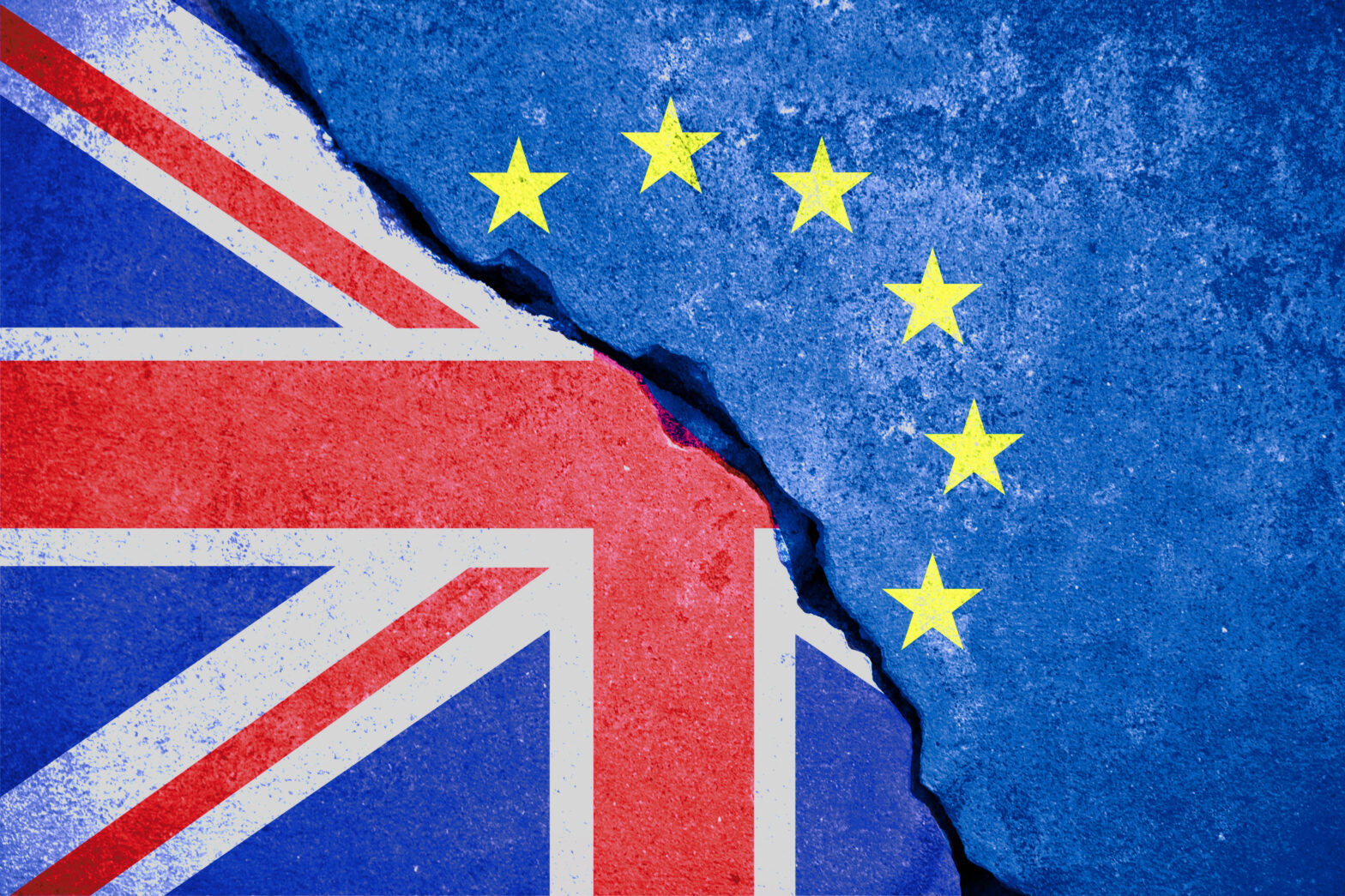At some point this year, Article 50 will be invoked, officially starting the beginning of the end of the UK’s European Union (EU) membership.
A Brexit has huge ramifications for all aspects of industry and businesses really need to be on the ball now – making changes to how they operate and the opportunities they take so that the ‘Brexit effect’ is reduced and businesses have time to adapt to the post-EU landscape.
The IT industry is one sector that will be impacted including issues surrounding immigration, the economy, investment and data laws which all need to be considered.
Given the uncertainties around British law when the country does exit the EU, especially around data compliance and protection, many businesses aren’t sure what to do next when it comes to IT purchasing decisions and technology plans for the future.
>See also: Brexit: what Britain’s technology sector had to say
Indeed, research late last year revealed that following exit from the EU, IT budgets are set to drop 5% in 2017 and year-on-year, with the ‘hard’ Brexit that May wants to take leading to hesitancy to invest. 2017 IT revenue is also set to reduce by 10%.
IT budgets and forecasts therefore, especially in the next five years, need to be carefully planned as budgets become increasingly squeezed.
IT savings
All businesses, whether small or large, will need to make changes for trading in the post Brexit world. One way to cut costs, which many businesses overlook, is on their infrastructure.
No company can afford the risk of old software and systems that are left vulnerable to cyber attacks because the updates just aren’t available for it anymore just as much as no one wants a slow system that makes your business less productive.
New IT infrastructures therefore are a necessity for everyone, despite what is going on economically or politically. Every saving really is crucial, especially now.
Refurbished IT equipment can provide huge cost savings for UK businesses as they are considerably cheaper. You can save as much as 80% on business-use laptops and desktops.
If you think that an average business laptop costs in the region of £500-£1000, whereas most refurb models sell for £150 upwards – you could be looking at a hefty saving.
>See also: Brexit: what are the supply chain implications?
20 computers, for instance, can be purchased for the same cost of 10 units if bought brand new. Refurbished computers can also help you update to better, later models, but without the modern equivalent price tag.
By investing in refurbished IT hardware, businesses can also solve efficiency issues. As technology develops, computers get more advanced and perform better.
By choosing to invest in newer machines, that aren’t bought directly from the ‘big guys’ like HP or Dell, businesses could update with replacement PCs that have better processing speeds, programming, battery life, memory and storage but at a fraction of the cost.
Businesses should also consider how refurbished hardware infrastructure can enable them to ensure their IT equipment is operating at an acceptable standard.
Massive IT change programmes across your organisation can end up costing a great deal of money if you choose to purchase new systems. By choosing a refurbished payment model, this can help you to update your technology, without blowing the budget.
Of course, as with anything, it’s important to choose carefully where you purchase your refurbished IT equipment from. Always use premium, guaranteed resellers of second-hand equipment.
Check for certifications, warranties and whether all the kit (cables, cords, mice, etc.) will come with your refurbished product. Look for solid indications that the seller is genuine – that they are, for example, a Microsoft registered refurbisher as well as a Dell registered partner.
>See also: Brexit: What next for British technology?
Sometimes refurbished laptops and PCs haven’t even been taken out of the box, or they might have been taken out, looked at and put back, barely handled at all so businesses could be getting a brand new bit of kit – but at 50% of the original price.
It’s an area that’s massively overlooked yet could provide crucial cost savings, especially as we enter a period of great uncertainty.
In the changing landscape, it’s imperative that businesses create an actionable plan, across all areas including IT budgets so that, as the political winds change direction, they’ll be insulated either way.
As budgets get smaller, businesses need to act smarter and make the most of the opportunities that leaving the EU provides. Although there’s an uneasiness about where to invest and when, by taking a holistic view of their IT needs and how to meet these needs in a cost-effective way, businesses can adapt, long term, to a post-Brexit UK.
Sourced by Bill Champness, managing director at Hardware Associates







